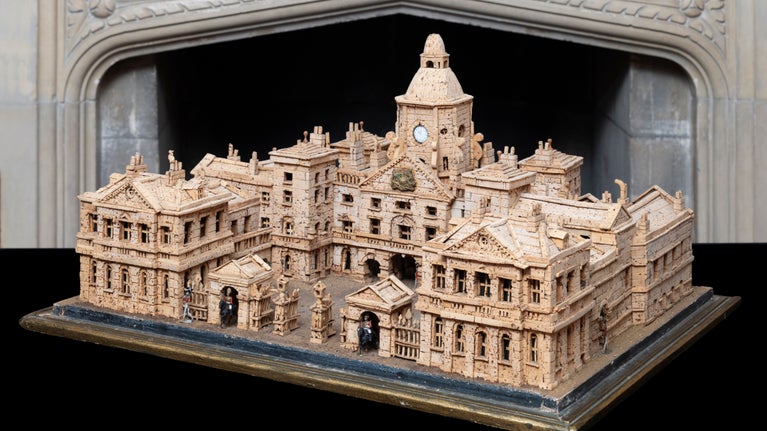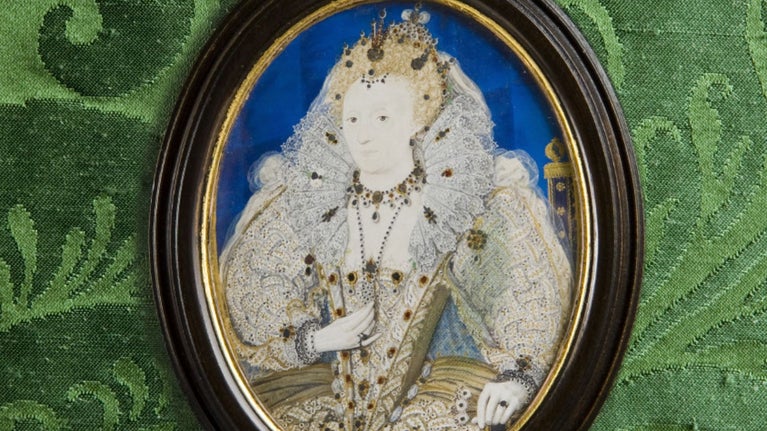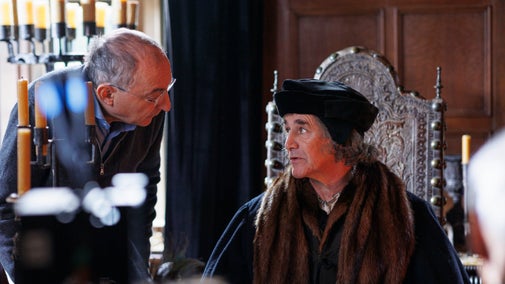
Art and collections
We care for one of the world's largest and most significant collections of art and heritage objects. Explore the highlights, our latest major exhibitions, curatorial research and more.

The ‘Mask of Youth’ is a term given to portraits and miniatures of Queen Elizabeth I which adopted a standardised image of ageless beauty. Such representations followed state proclamations prohibiting the distribution of images of Elizabeth which gave ‘great offence’. Learn more about the ‘Mask of Youth’ from collections at the places in our care.
‘Mask of Youth’ imagery arose from a government decision in 1594 to use an idealised portrait format. A possible reason for its adoption was that it was felt that any lifelike depiction of the ageing queen would reinforce instability within the realm, due to the uncertainty over the succession.
The ‘Mask of Youth’ therefore offered a mechanism for Elizabeth’s government to control her image for propagandistic reasons, maintaining a strong profile of the unmarried and childless queen as still a forceful protector of the land.
The miniature depicted below was possibly commissioned by Sir Thomas Vavasour, one of Elizabeth’s gentlemen of the court. It is believed to have been produced by Nicholas Hilliard in the 1590s and is one of the finest and largest miniatures of Queen Elizabeth I to employ the 'Mask of Youth'.
It was common practice for courtiers to commission these miniatures, as Elizabeth often expected her courtiers and nobles to promote her image. It became fashionable to wear them as symbols of the wearer’s devotion and loyalty to the monarch, and they were then often made into pendants and cameos.

Instead of this miniature being purely a visual depiction of Elizabeth, the primary focus is the promotion of the glory and majesty of kingship, exemplified by the magnificence of her gown and jewels. Her dress incorporates other imagery, with the V-shape of the waist possibly representing virginity and chastity.
Within Elizabeth’s headdress there is a jewel shaped like a crescent moon which has been seen by some to represent Cynthia, the Greek moon goddess. Its inclusion here may represent Elizabeth’s beauty to be like the waxing and waning of the moon.
Some have argued that these miniatures represent a replacement of the cult of the Virgin Mary, however this is problematic as such movement would have been open to accusations of idolatry, or the worship of idols.
An alternative reading is that these images were a general promotion of the divinity of the monarchy. With a focus on classical imagery associated with Cynthia or representations of virginity, it has been argued that this promotion was of secular rather than religious nature.
These miniatures may have been linked to the personal advancement of the buyer, promoting their wealth and social standing.
On the other hand, they may have been symbols of a courtly, chivalric love which centred upon promoting virtues of loyalty and duty to the public good. This was a sentiment embodied by the queen herself. On balance, they were probably a mixture of the two.

We care for one of the world's largest and most significant collections of art and heritage objects. Explore the highlights, our latest major exhibitions, curatorial research and more.
The 13,000 oil paintings in our care are nearly all displayed in the houses of their historic owners. Learn about the stories behind a selection of the artworks and their owners.

Explore the artworks in our collections that capture the beauty of sunrise and sunset. See how artists have used seascapes and sunlight to bring to life peaceful scenes and industrial backdrops alike.

Masterpieces by Velázquez, Rembrandt, Hieronymus Bosch and El Greco can be seen in the collections at the properties in our care across the UK.

Throughout history, women artists have had to overcome many obstacles in order to pursue careers in the fine arts. Discover great women artists and their artworks through the collections we care for.

Find out more about the picturesque aesthetic style and how it became a fashionable choice for wealthy estates in the 18th century. Discover more about the people who influenced the movement.

Based on the bestselling trilogy by author Hilary Mantel, Wolf Hall follows Thomas Cromwell’s rise to becoming the most powerful man in King Henry VIII’s Tudor court. Discover the places in our care that were used as filming locations for both the 2015 and 2024 series.

Explore a selection from more than half a million books and manuscripts in the collections we care for. Libraries Curator Tim Pye takes a closer look at some of the most significant works.
